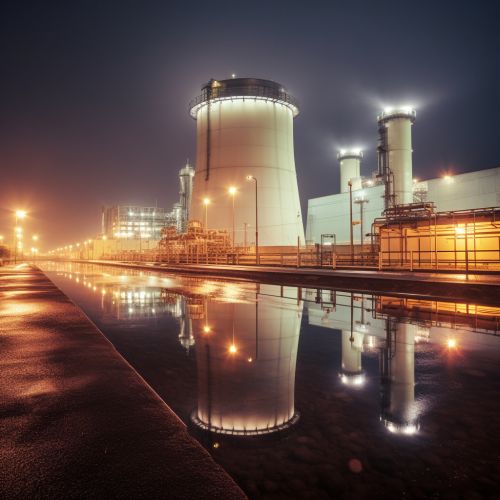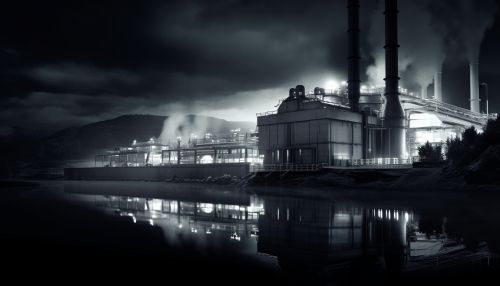Boiling Water Reactor
Overview
A Boiling Water Reactor (BWR) is a type of nuclear reactor that is widely used for the generation of electrical power. It is the second most common type of electricity-generating nuclear reactor after the pressurized water reactor (PWR). The major difference in the operation of a BWR from other nuclear systems is the steam void formation in the core. The steam voids can be used to modulate power output.


Design and Operation
The design of a BWR is such that it uses demineralized water as a coolant and neutron moderator. Heat is produced by nuclear fission in the reactor core, and this causes the cooling water to boil, producing steam. The steam is directly used to drive a turbine, after which it is cooled in a condenser and converted back to liquid water. This water is then returned to the reactor core, completing the loop. The steam generated by the reactor core is used to power the turbine, which in turn powers the generator.
Safety Systems
BWRs have a number of safety systems designed to shut the reactor down quickly in case of abnormal conditions or accidents, including the use of control rods and safety relief valves. These safety systems are designed to prevent the release of radioactive materials into the environment.
Advantages and Disadvantages
BWRs have certain advantages over other types of reactors. For instance, they have a negative void coefficient, meaning that as more steam is formed, the reactor becomes less reactive. This makes the reactor inherently safe. However, BWRs also have certain disadvantages, such as the potential for core damage in case of severe accidents.
